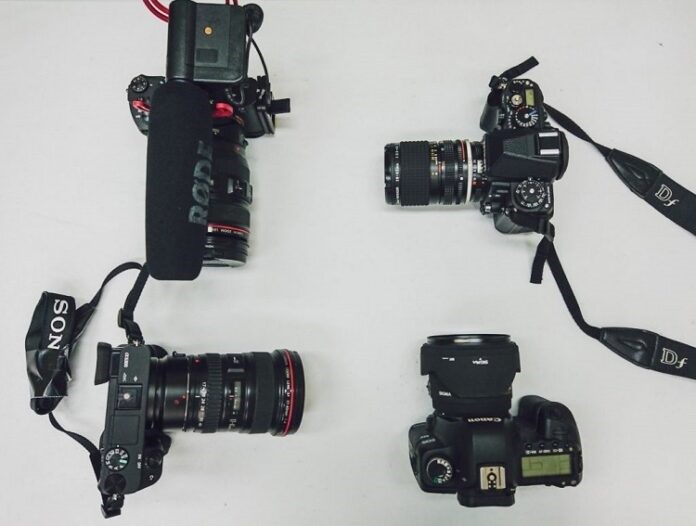What is the difference between a DSLM and a DSLR?
The Micro Four Thirds system (MFT) was created by Panasonic in 2008 and while most people refer to cameras of this type as DSLRs, they are actually DSLMs – an abbreviation that’s been slow to catch on. DSLM stands for Digital Single Lens Mirror less. DSLR, which does use a mirror, stands for Digital Single Lens Reflex.
What is Micro Four Thirds?
The Micro Four Thirds system is a development of the Four Thirds system which in turn was a development of the SLR system. However, the Four Thirds system was committed to developing technology for solely digital format cameras. This is also the reason why Micro Four Thirds lenses are so much smaller, because there’s a shorter flange focal distance. As a result, virtually any lens can be used on a Micro Four Thirds camera body with the right adaptor. The same cannot be said of most DSLRs. To explore more detail regarding this, check out sources like Clip Champ.
What are theaspect ratio differences between Four Thirds and Micro Four Thirds systems?
Originally Four Thirds and Micro Four Thirds systems recorded footage and pictures in a native 4:3 format aspect ratio. That image would then be cropped so that 16:9, 3:2 and 1:1 formats could be recorded. In Four Thirds or Micro Four Thirds systems, the sensor is 18mm x 13.5mm which is 22.5mm when measured top left to bottom right, while the imaging area is 17.3mm x 13mm which is 21.6 mm diagonal.
What are the lens mount differences between four thirds and micro four thirds systems?
Micro Four Thirds lenses have a completely new mount design with a flange focal distance of just 20mm which is half the size of the Four Thirds system. EVFs (electronic view finders) and LCD screens take care of the viewing experience.
What are the focal differences between four thirds and micro four thirds systems?
The majority of DSLRs use phase detection autofocus or PDAF for short. These types of sensors sit better with cameras that use mirror box and pentaprism design – they are also better for shooting fast moving subjects such as different sports.
However, the micro four thirds system uses a CDAF system. This stands for contrast detection autofocus, which is typically found in point and shoot compact cameras.
What are the speed differences between Four Thirds and Micro Four Thirds systems?
One of the big differences when it comes to DSLM vs DSLR is speed. The time it takes to focus using a lens designed for the Micro Four Thirds system is a lot quicker than using a four thirds lens with an adaptor. In fact a Micro Four Thirds lens will focus a Four Thirds lens faster than a Four Thirds camera using live focus. And while the expanding (if expensive) family of Micro Four Thirds lenses are in my opinion very good, especially the few that have been optimized for video, that’s to say the Panasonic Lumix 14-140 and the two new 35mm lenses are superb.
Learn more about various photography and videography equipment available on market, on this website: www.statlab-dev.com










